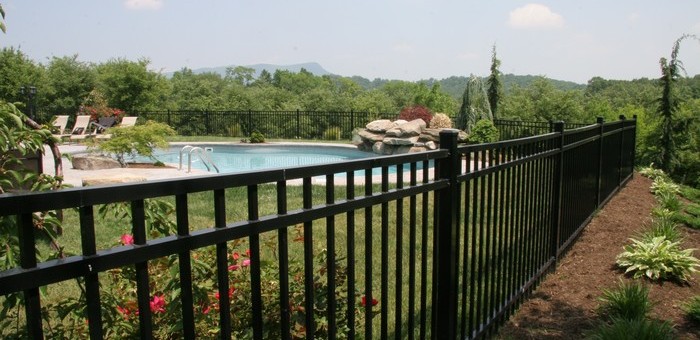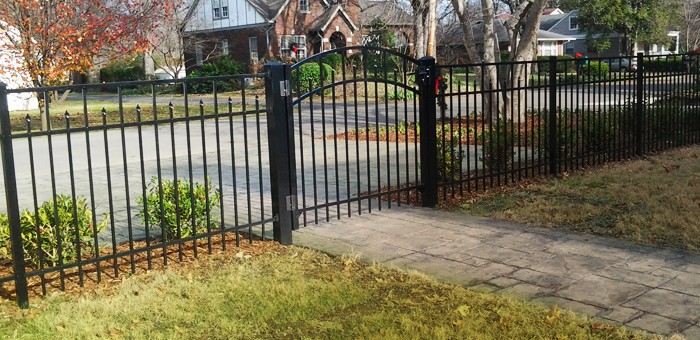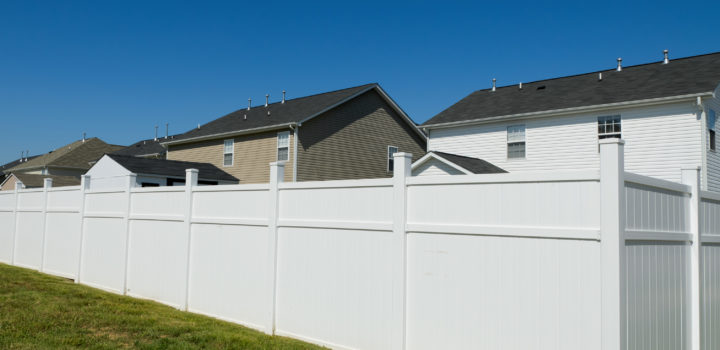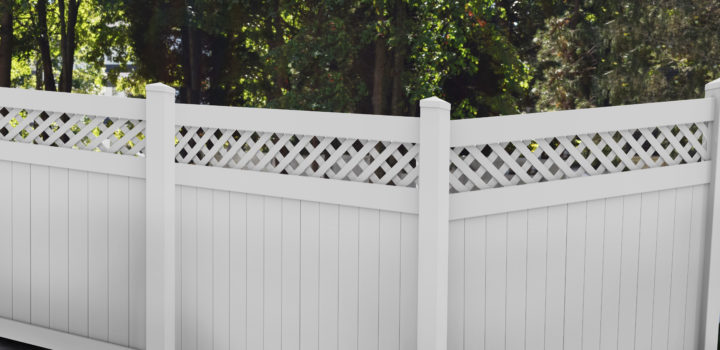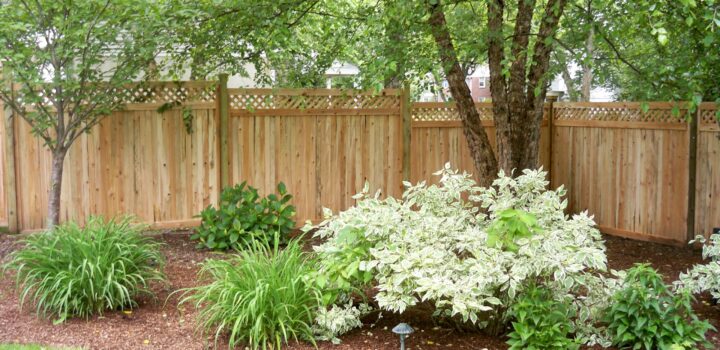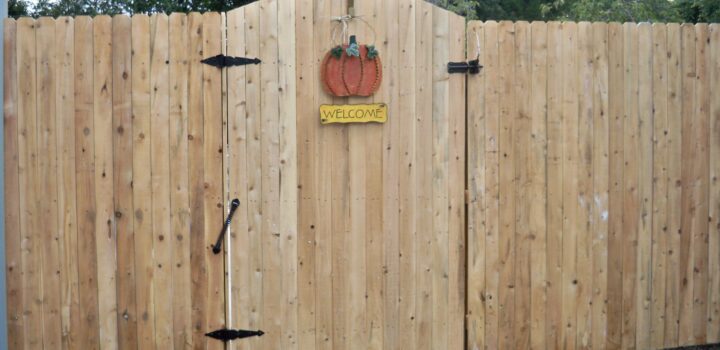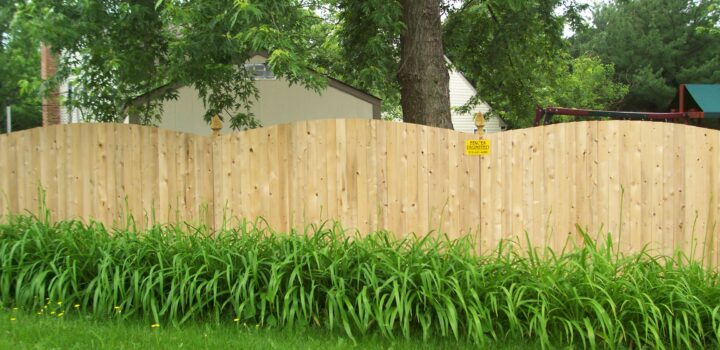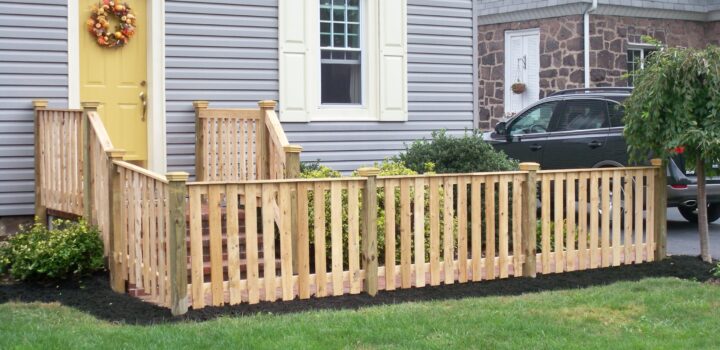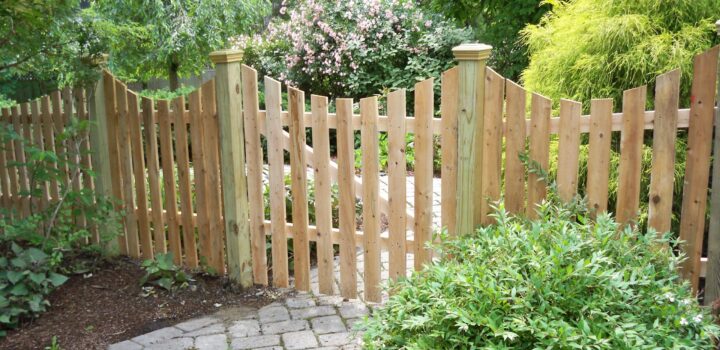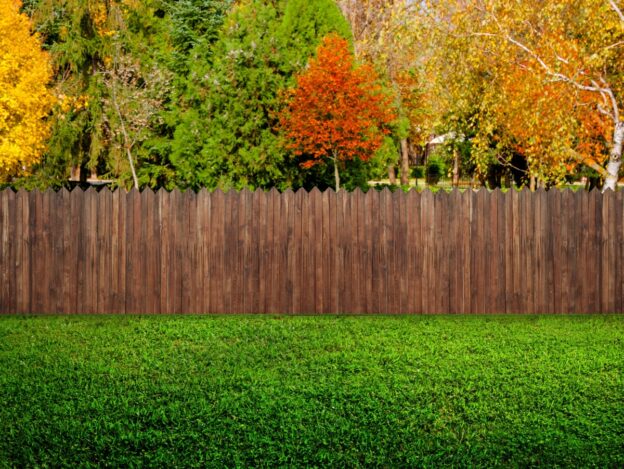As the autumn air turns crisp and the leaves on every tree begin their brilliant transformation, your attention naturally shifts toward preparing your home for the coming season. This is a time for cozying up your interiors and safeguarding your exteriors. If your fence has seen better days, this season of preparation is the opportune moment for an upgrade.
At Greenhill Fencing, Inc., we offer a wide variety of fence styles, allowing you to choose the one that best suits your lawn, garden, or deck. Discover more about us and learn how we deliver quality, craftsmanship, and reliability to every project. Reach out today to schedule your fence replacement before winter arrives!
Why Fall Is the Best Season for Fence Replacement
Easier Installation Due to Softer Ground & Stable Temperatures
The autumn soil is truly perfect for fence installation. Having recovered from the summer’s heat yet remaining free from the winter’s frost, the ground is malleable and receptive to digging. This condition allows our teams to set posts with exceptional precision and little disturbance to your lawn and surrounding garden. The moderate temperature is also ideal for the curing of materials like concrete, forming a solid foundation that will hold steadfast.
Added Stability Against Winter Storms
Winter storms arrive with force, dumping snow against fence lines and sending gusts that exploit every weak connection in your home’s fence. A fence installed in autumn stands ready for these challenges, having had time to become one solid barrier rather than a collection of freshly joined parts. Concrete footings reach their full strength, posts anchor deeply into the soil, and all components bond together into a unified structure. This settling period proves invaluable when high winds and heavy precipitation test your property’s boundaries.
Creates Stronger Boundaries Before Snow Piles Up
Once snow blankets your yard, property lines can become blurred. A distinct, solid fence clearly defines your space, which is essential for the security of children and pets. It also protects your garden beds and any plant life you’ve cultivated throughout the year. This is because a solid fence acts as a windbreak, reducing the harsh effects that winter weather can have on your lawn and tree roots.
Reduces Risk of Fence Damage That Might Worsen During Winter
Every crack in a picket fence, every loose post, every section of sagging chain link becomes exponentially worse when winter arrives. Water seeps into small gaps, freezes, and expands, turning minor issues into major failures. Acting now prevents that cascade of deterioration. You stop problems while they’re manageable and avoid the emergency calls that come when a fence section collapses under snow load. Ultimately, prevention always costs less than crisis management, and fall gives you the timing to choose the former.
Signs That Your Fence Needs Replacement This Fall
It is important to recognize when your fence has moved beyond simple repairs and requires a full replacement. A careful look at its condition will reveal if its best days are behind it.
Warped or Rotting Wood Panels
Inspect your wood fence for panels that are bent, twisted, or bowed. Feel the lumber for soft, crumbly spots, which indicate rot. This type of decay compromises the fence’s structure and appearance, and it will only deteriorate further with winter moisture.
Rusting or Loose Metal Sections
For a metal fence, look for the telltale signs of corrosion. Patches of rust, especially at joints and connection points, are a clear indicator that the material’s strength is compromised. If sections of your wrought iron fence rattle or feel loose, the connections are failing, and its stability is at risk.
Leaning Posts or Sagging Gates
A fence is only as strong as its posts. If you see posts tilting or leaning, the foundation of your fence is failing. A sagging gate that is difficult to open or close is another symptom of this core instability. These are not isolated problems but signs of a systemic weakness throughout the fence line.
Frequent Repairs That Cost More Than Replacement
Consider how much time and money you have recently put into fixing your fence. If you find yourself repeatedly mending the same issues, the cumulative cost of these small fixes can quickly approach the expense of a full replacement.
Choosing the Right Fence Material for Winter Durability
Selecting a material that can gracefully handle the rigors of winter is key to a long-lasting installation. Your choice will influence both the aesthetic of your property, including your deck and lawn, and the fence’s performance over the years of changing weather.
- Wood: A classic wood fence offers a warm, natural beauty that complements any landscape. When built with high-quality, pressure-treated lumber, a wood fence actively resists moisture and decay, making it a durable choice for weathering winter storms.
- Polyvinyl Chloride (PVC): For a remarkably low-maintenance option, vinyl fencing is an excellent selection. This material is immune to rot and rust, and it will not warp or blister when exposed to prolonged dampness from rain or snow. It provides a clean, modern look that holds its appearance for years.
- Metal: The inherent strength of materials like aluminum and wrought iron makes them exceptionally resilient. A metal fence is incredibly strong against high winds and can support the weight of heavy, drifting snow without buckling, offering superior protection and a touch of timeless elegance.
Don’t Wait Until Winter Rolls In: Book Your Fence Replacement This Fall!
Your yard deserves to enter winter strong, secure, and beautiful. Replacing your fence during the fall sets the tone for a well-protected and refined property through every season. Greenhill Fencing, Inc. stands ready with expertise, quality materials, and a wide range of styles to match your vision. Take the step now to schedule your project and enjoy the assurance that comes with a fresh, dependable fence. Reach out to us today, and let’s prepare your yard for winter together.

